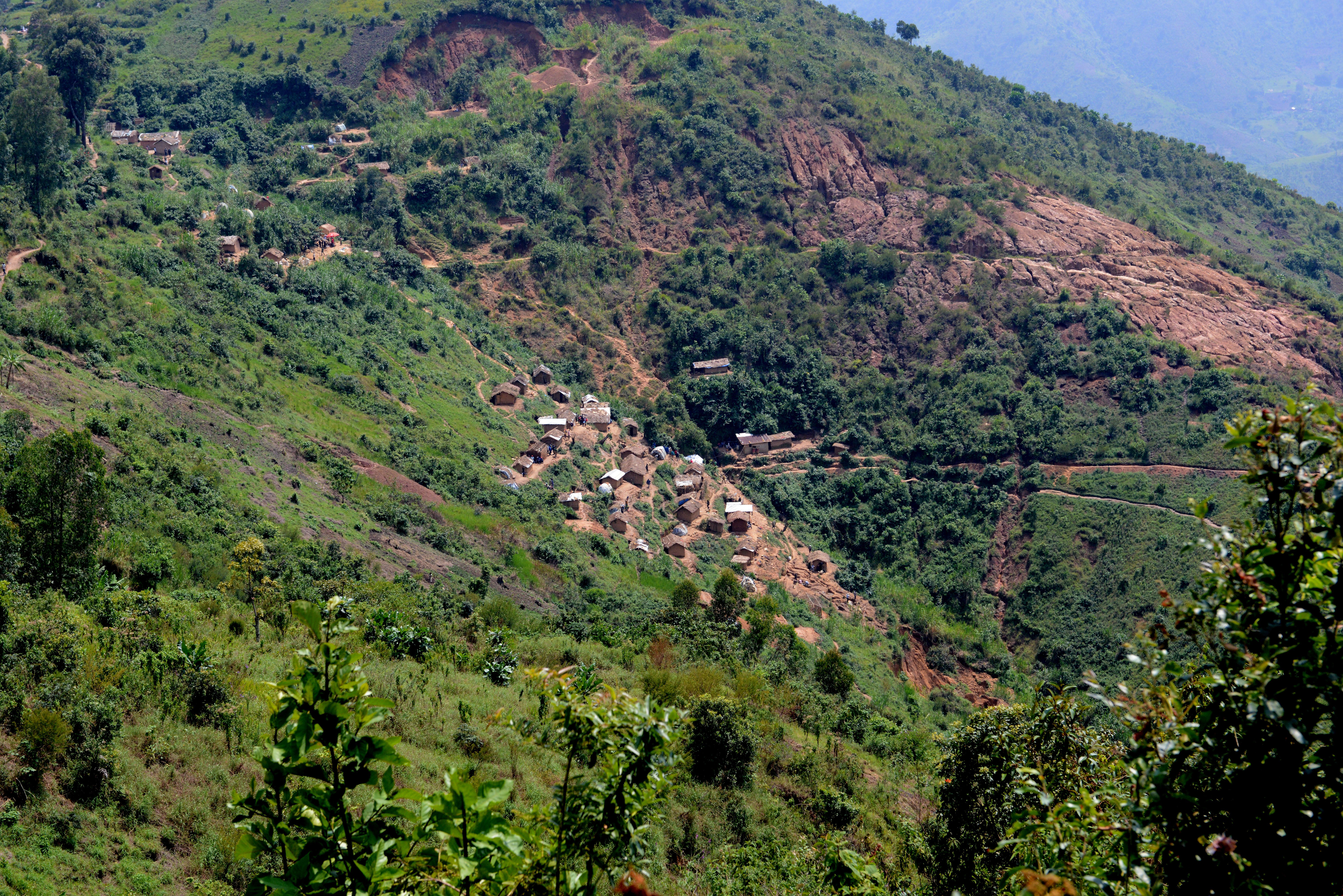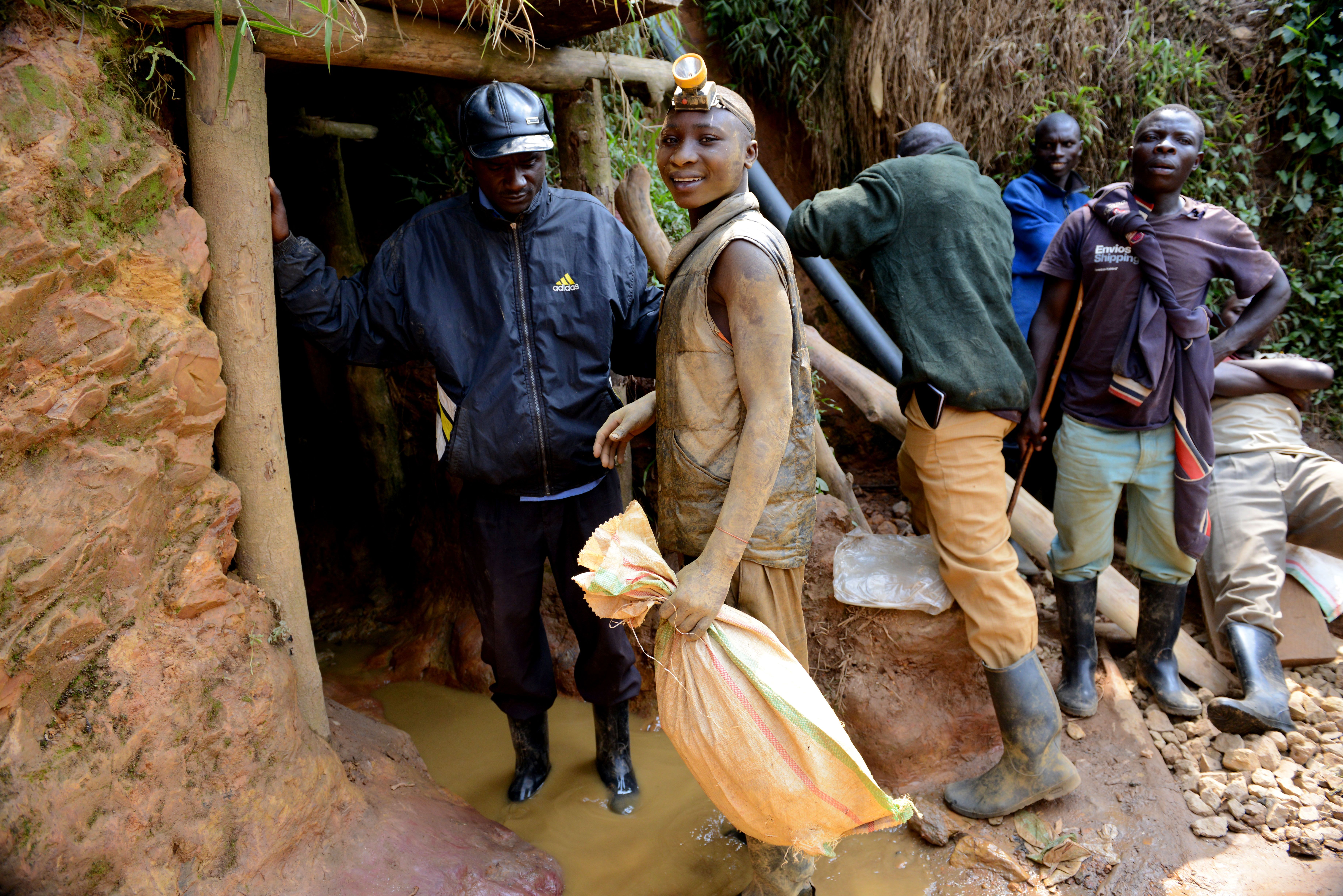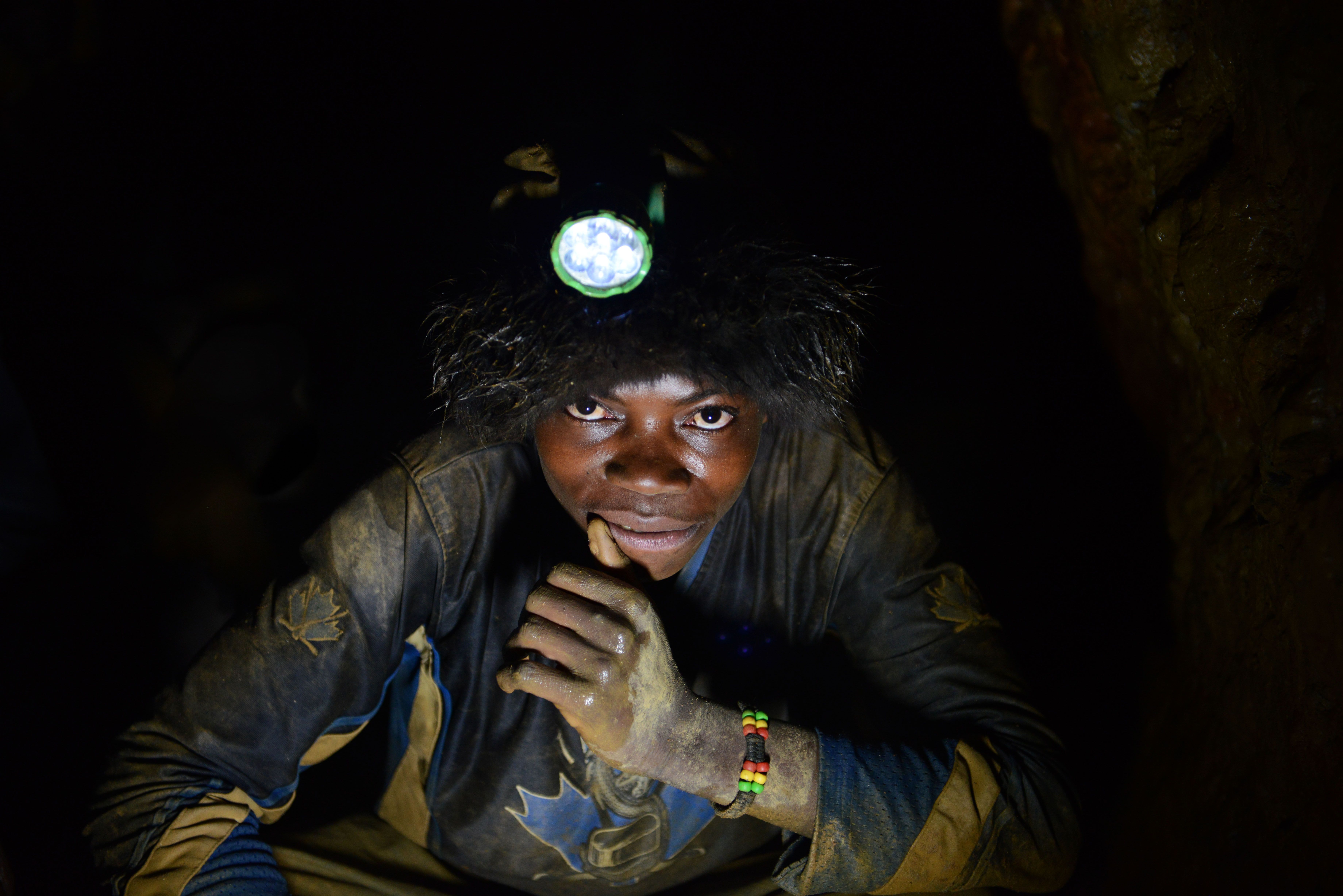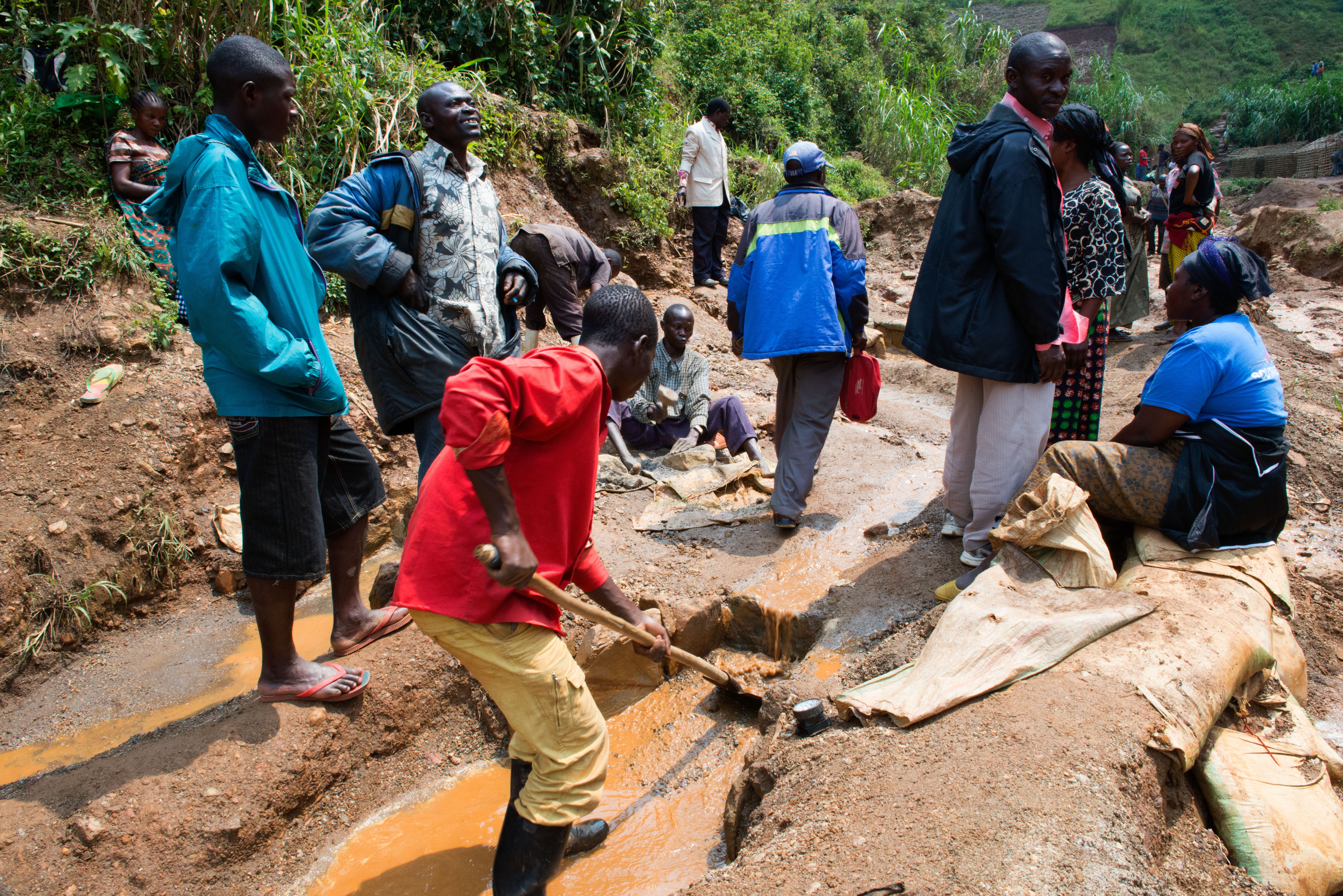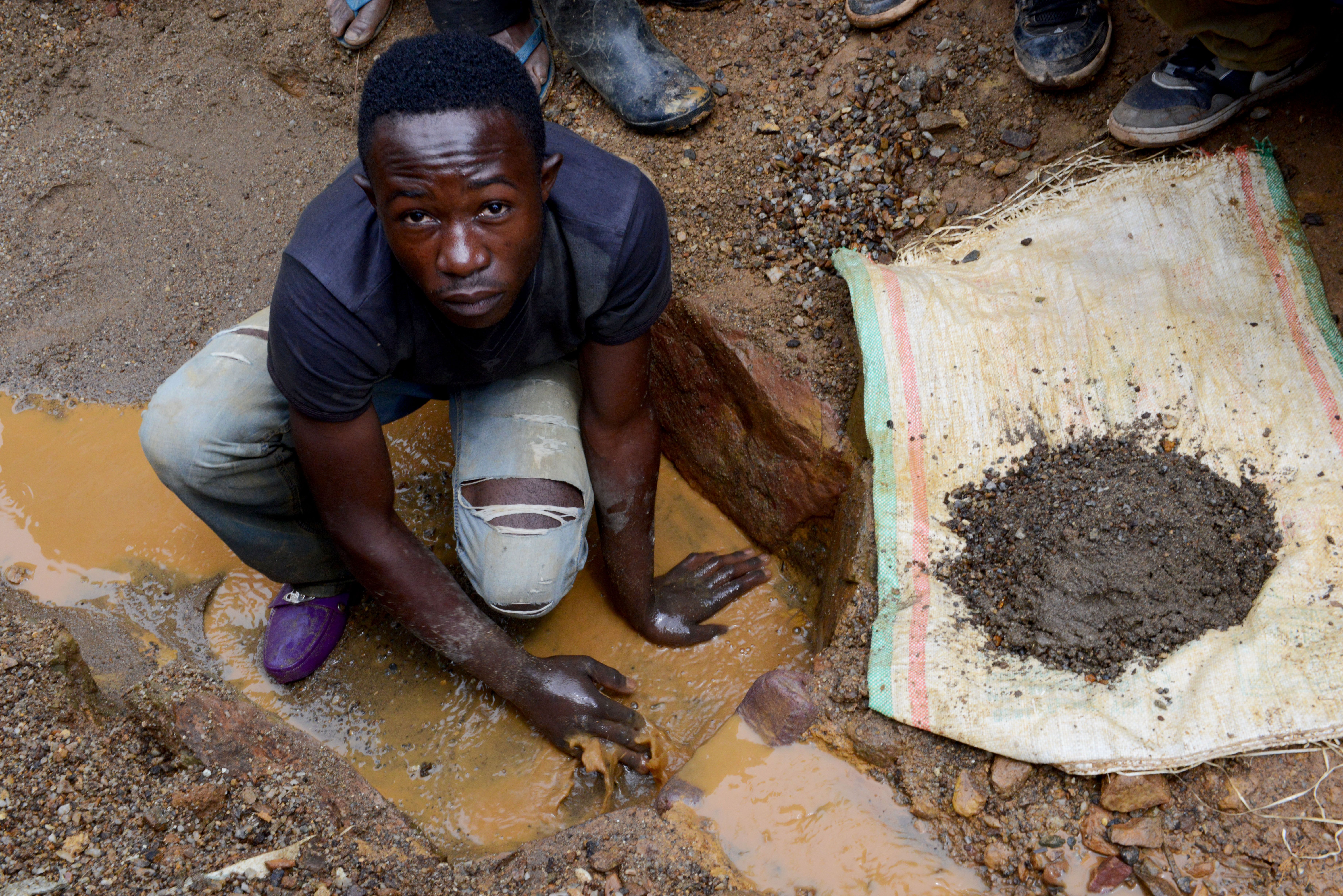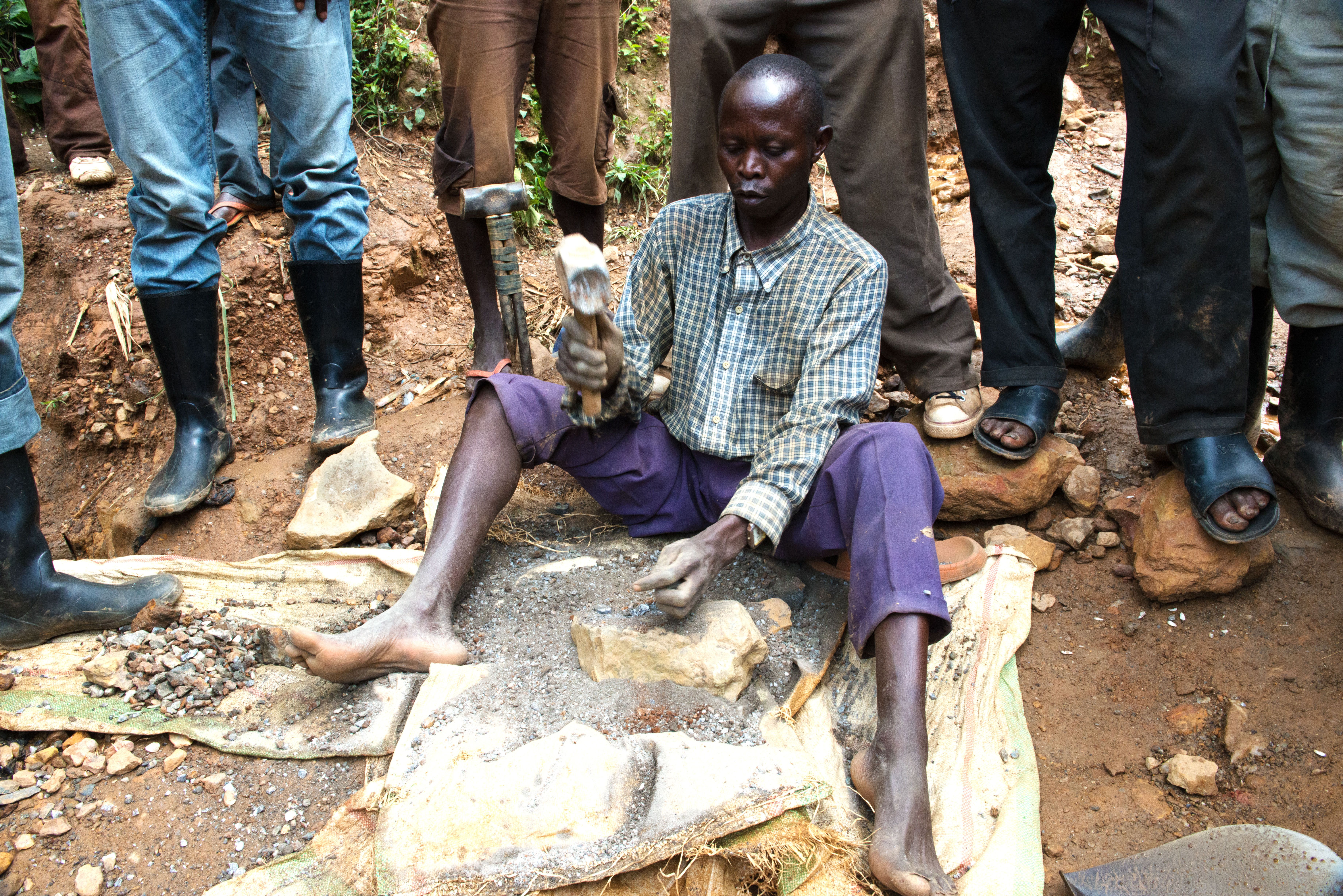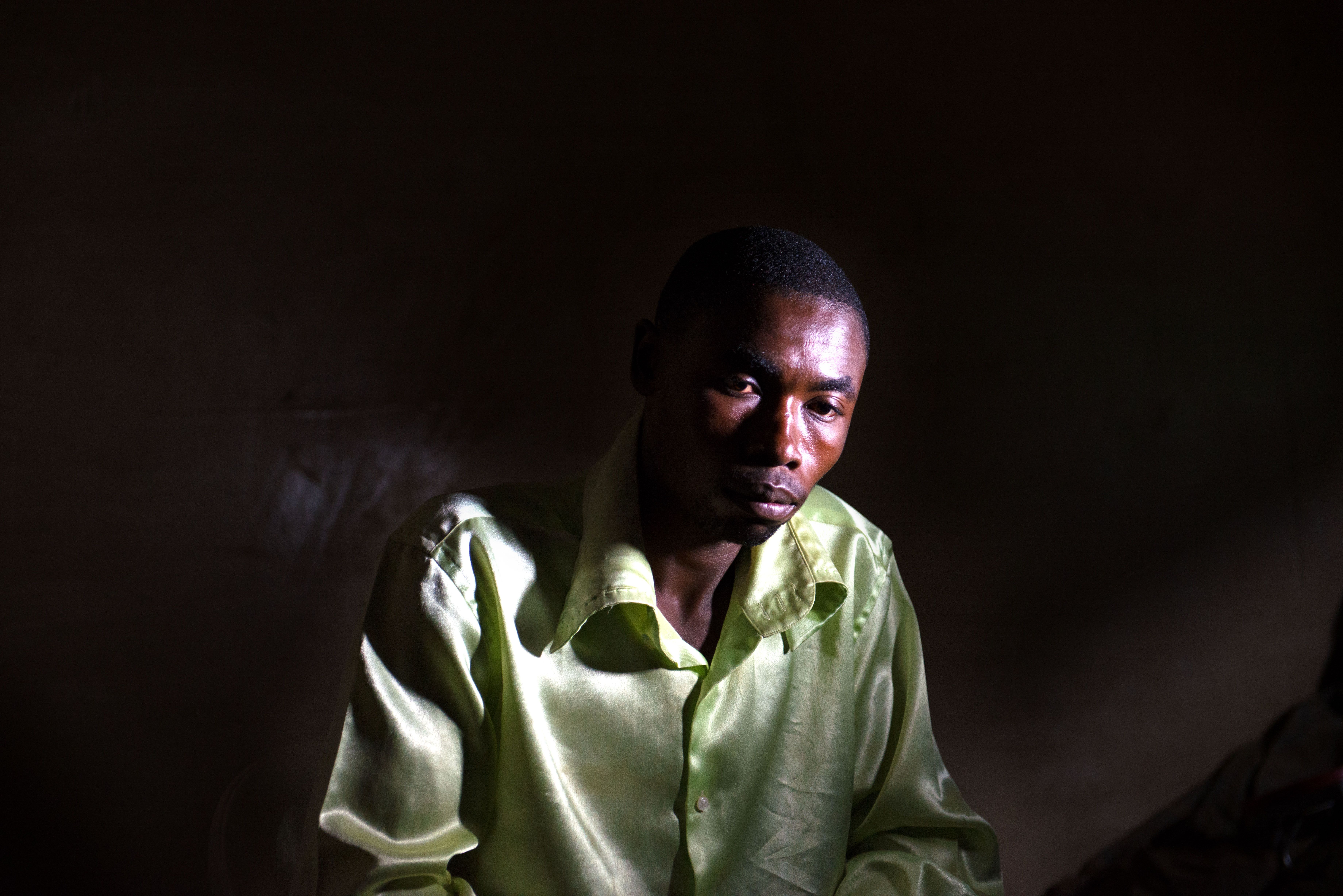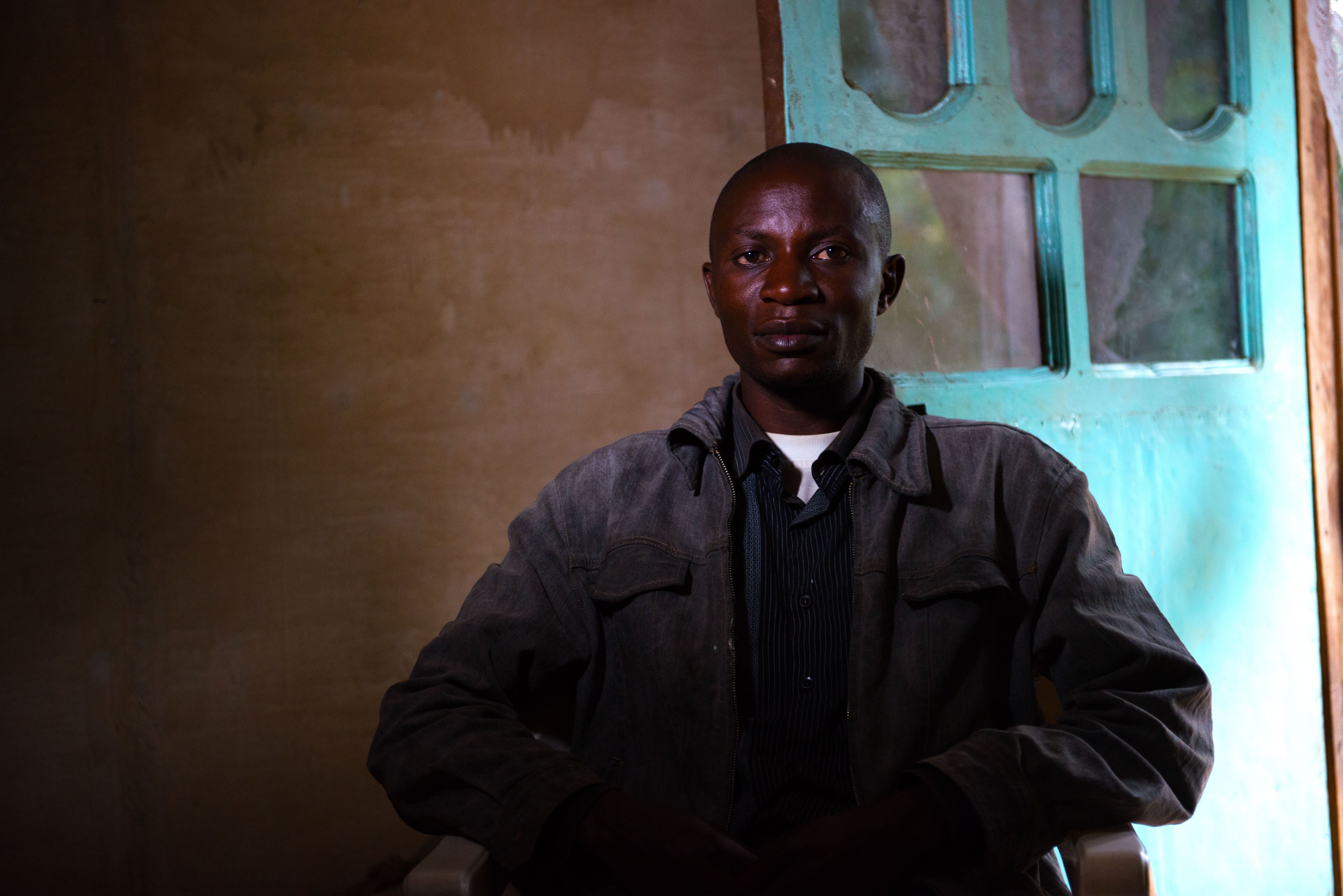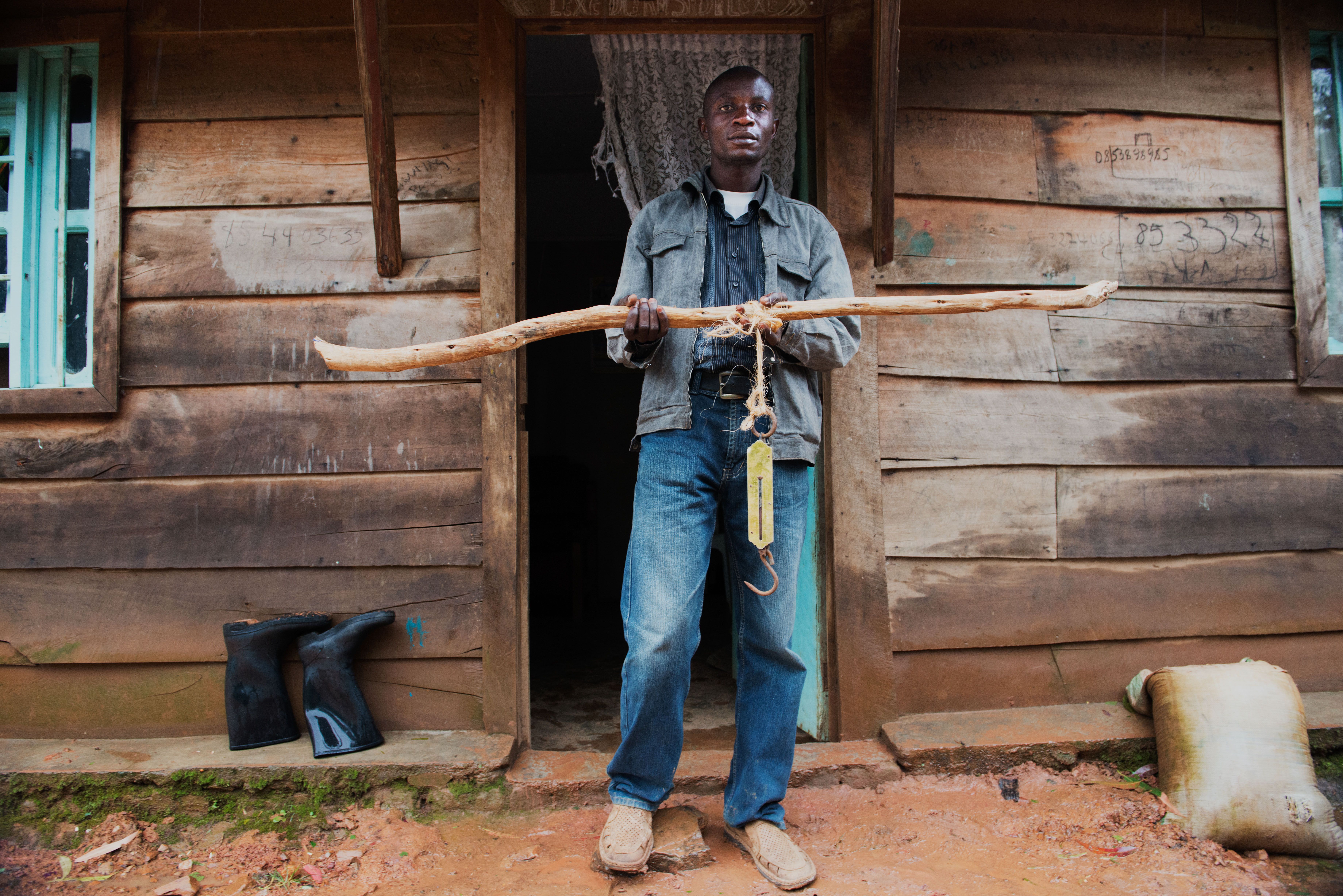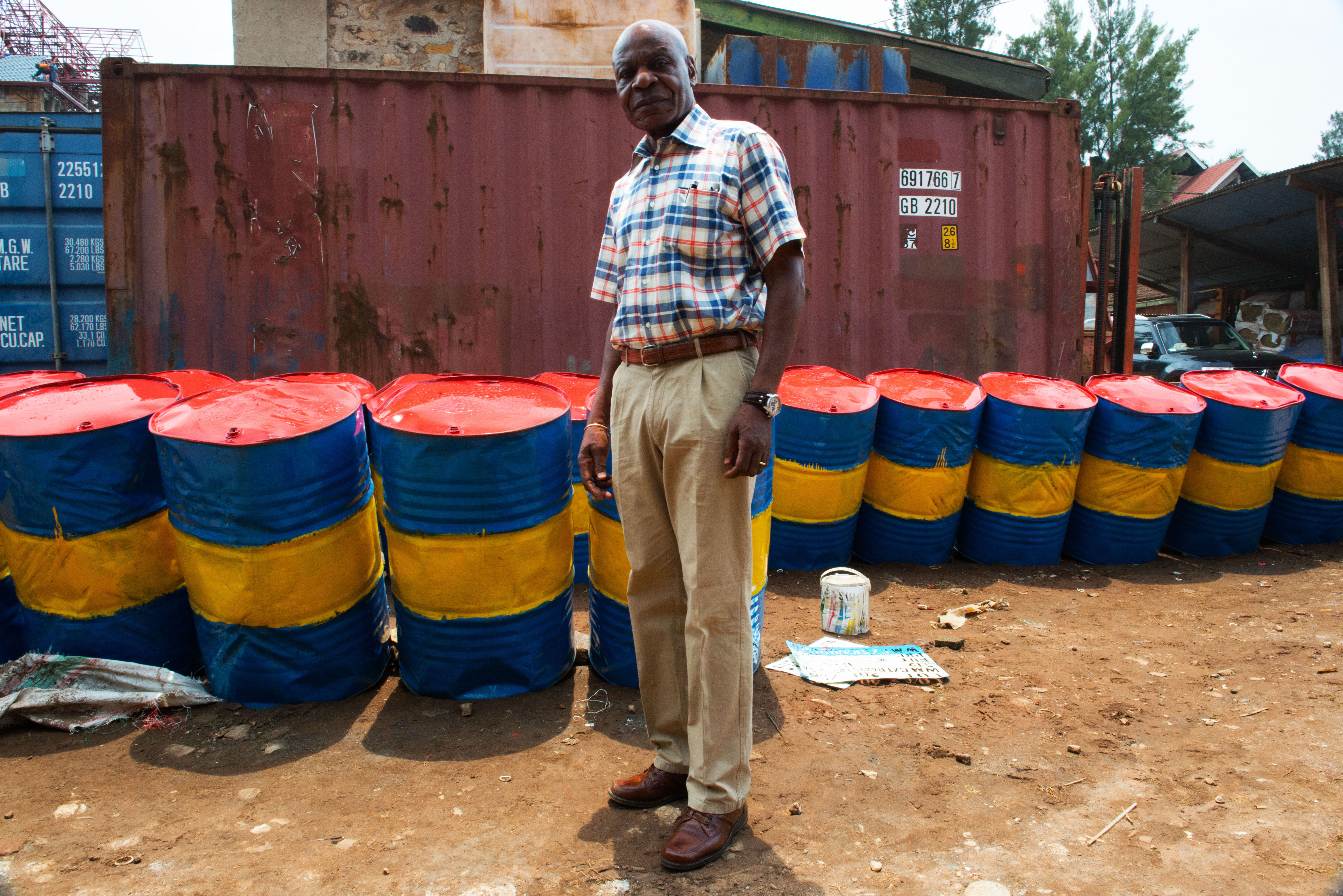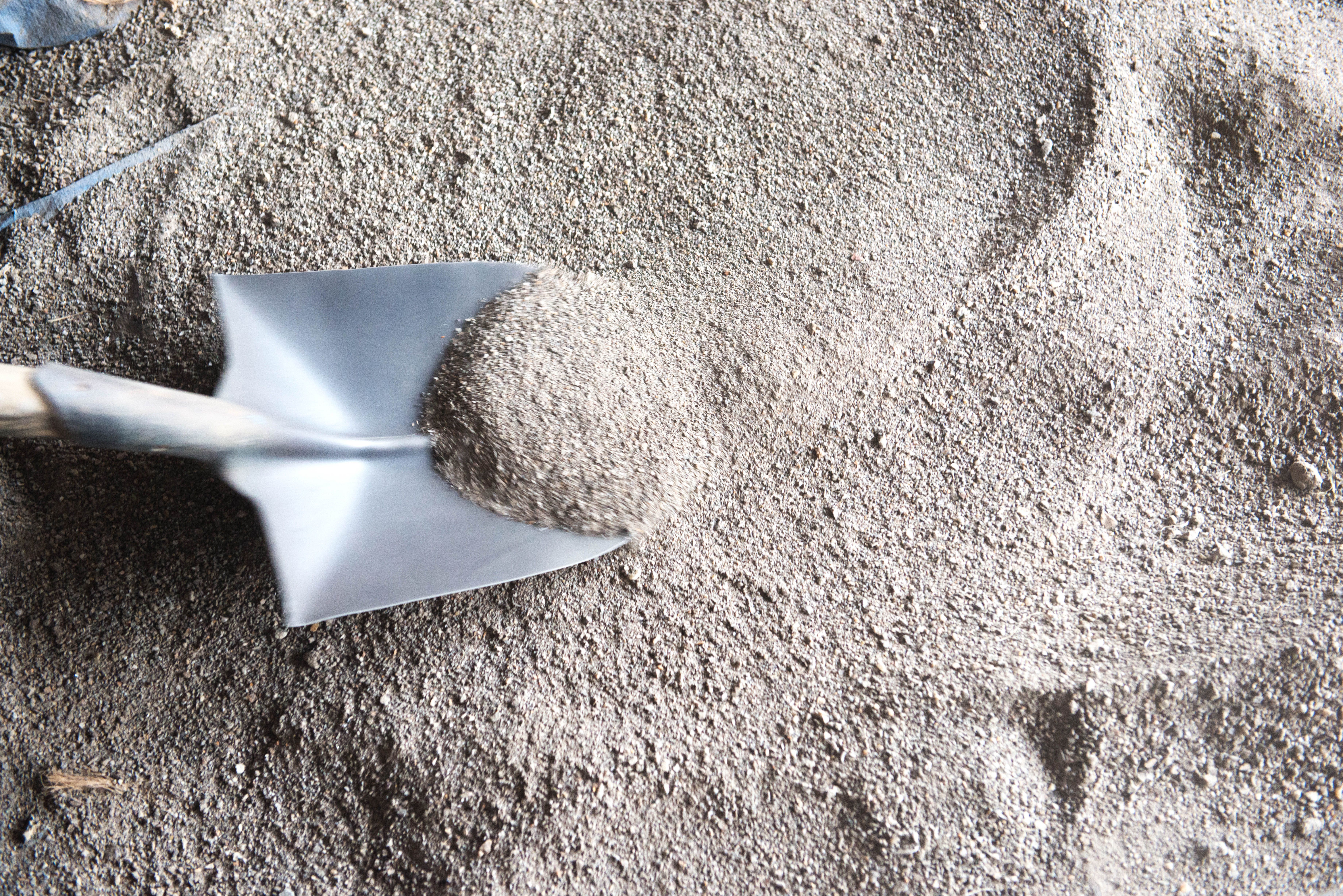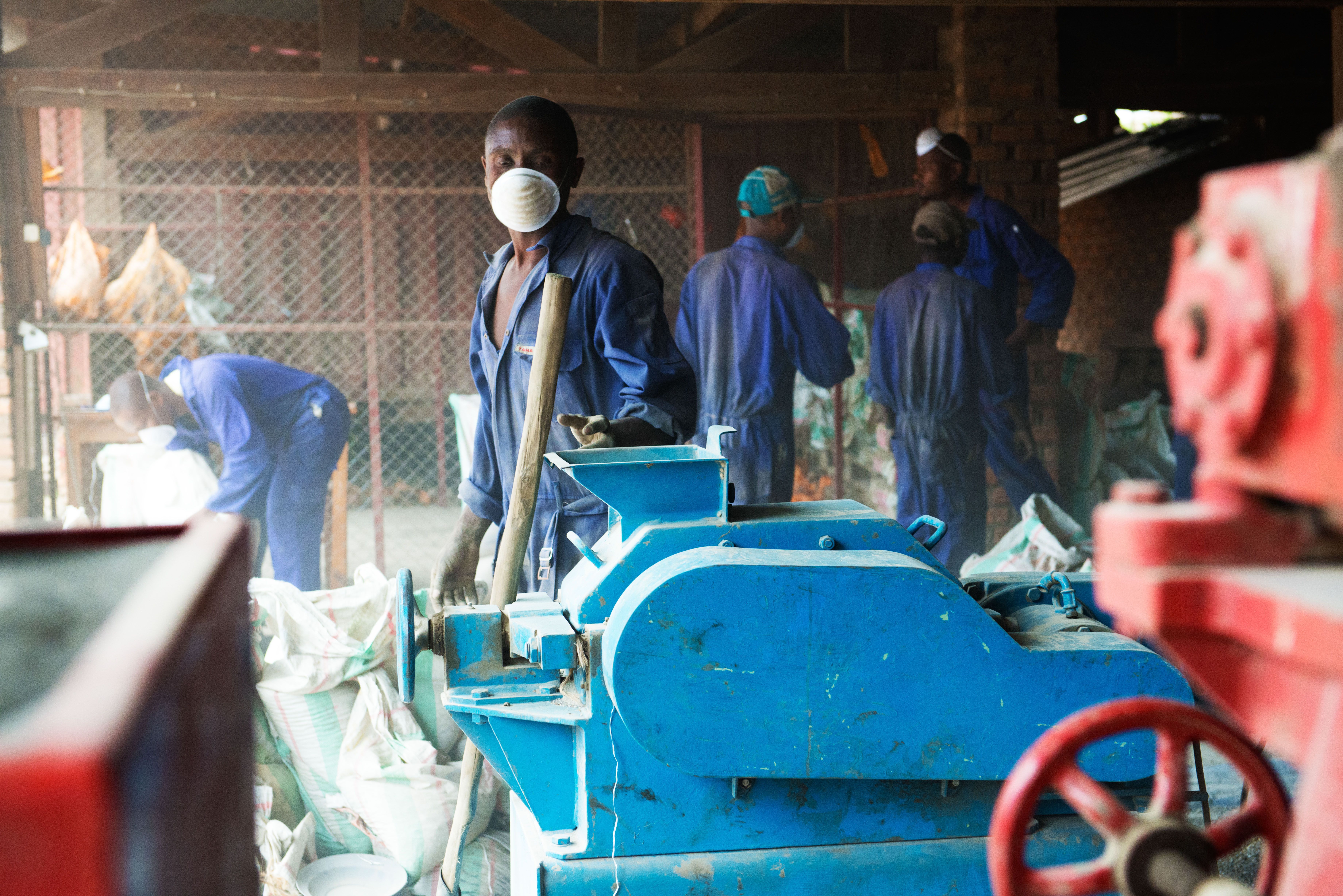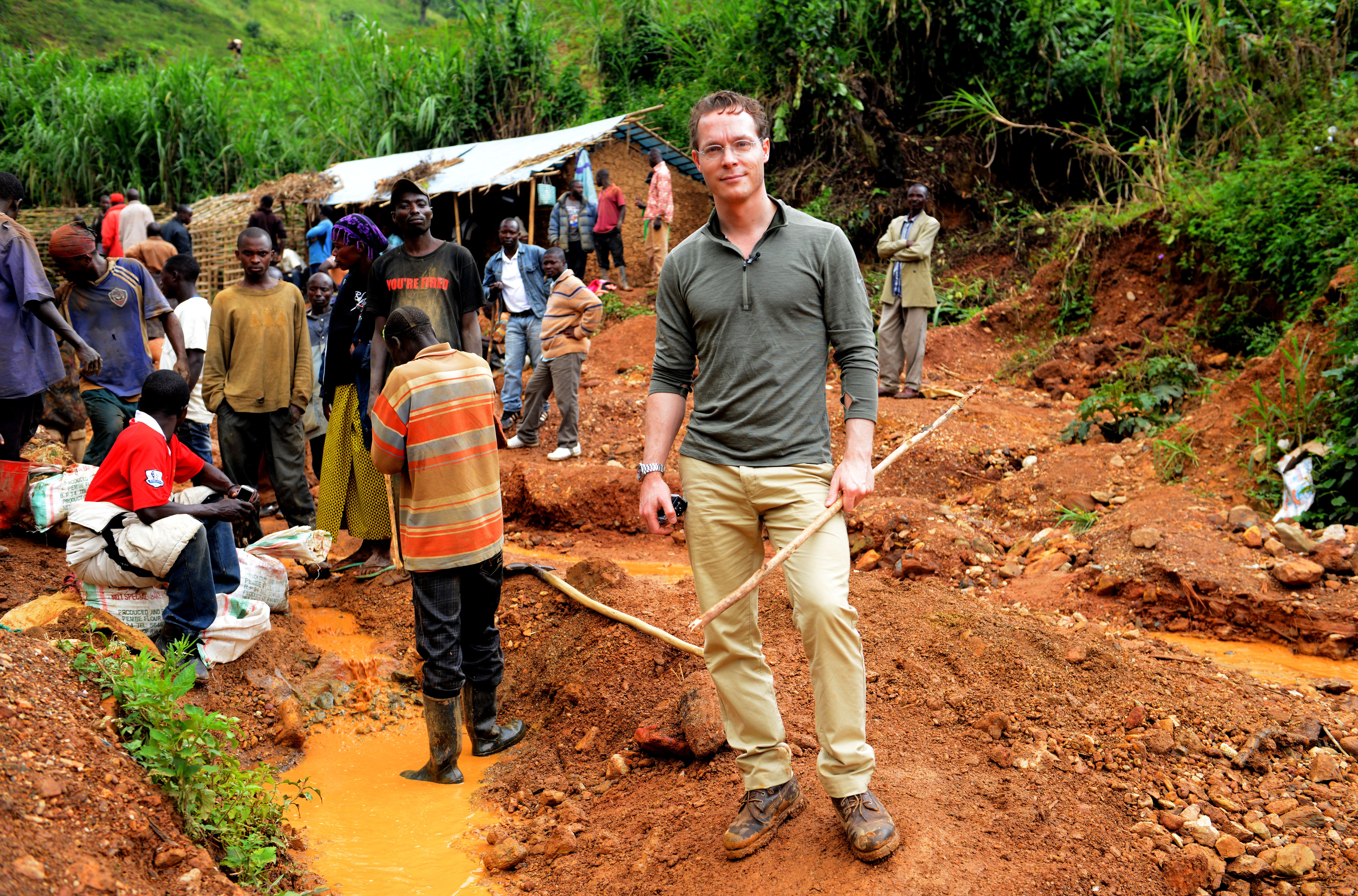At the top of a mountain, deep in the rock face, men are mining for cassiterite with the most basic of tools – a hammer and chisel. They’re artisanal miners at Kalimbi, a mine in South Kivu, Eastern Congo, that produces tin ore. The tin ore looks just like ordinary rocks, but after being refined, it becomes a fine black powder and made into solder. It’s used in virtually all the electronic products we depend on everyday, from mobile phones and televisions to laptops and even light sockets.
These hills and mountains are steeped in cassiterite and other minerals, providing the potential for vast wealth. But for over a decade, bitter disputes over who controls the region’s riches have been a key driver in savage inter-ethnic wars that have killed more than five million people. Today, in addition to the official Congolese army, there are still more than 40 armed groups and rival militias operating in the area – and they all want a share of Kivu’s bounty. It’s led to a new term – conflict minerals.
However, a ground-breaking project may be able to provide the answer to Congo’s conflict tin conundrum, taking the conflict out of the equation. It’s led by Jaime de Bourbon Parme, a prince from the Netherlands, who is the Special Envoy on Natural Resources to the Dutch government. Jaime’s vision is to create a system in the mine that monitors the tin ore from the moment it’s brought out of the tunnel until it has been processed and placed into containers for export. This pilot project, which started in October 2012, could not only bring an end to the war, it is also a lifeline to the community as mining is the only economy in the region.
In 2010, to break the stranglehold the armed groups had on the mines – and cut off the funding that perpetuated the conflict – the Congolese government imposed a mining ban throughout Eastern Congo. But that had a catastrophic effect on the livelihoods of all those who work here. Miners with no work were unable to feed their families and many saw this mass unemployment as a further threat to regional stability. With so many men out of work, there were fears they would be pushed towards militias as the only alternative for survival. Worse was soon to come. In July of the same year, the Dodd-Frank Wall Street Reform Act was passed in the United States. It focused on the issue of conflict minerals for the first time and it makes companies responsible for finding out where their materials come from.
In the aftermath of the ban, international buyers went elsewhere. Eastern Congo has only three percent of the world’s tin ore and easier, less controversial markets are simple to find.
But today Jaime de Bourbon Parme is bringing some companies back. Some of the largest electronic companies in the world such as Philips and Motorola Solutions want to see if this project can work and provide a new source of tin for their products. Jaime has to convince them that the minerals have not been tampered with at any stage. This is done through a bagging and tagging system. Monitors come and weigh every bag of tin ore that comes out of the mountain tunnels. Roughly 50 kgs each, the weight is recorded with the date and time and a tag is issued with a unique bar code. When it leaves the mine to be sold to a middleman and then onwards to a bigger mineral dealer it can be tracked at every step. However some believe the system is vulnerable. As the only mine that can legitimately sell minerals, stock from other mines, still controlled by militias, may be smuggled in and mixed with Kalimbi's clean minerals. This would mean Kalimbi minerals were contaminated and no longer conflict-free. Such actions could close the mine down.
The key to success in Kalimbi is for the project to be applied to other mines. At present the Congolese government has identified at least six other sites suitable for the tagging system. Expanding the project would also improve competition and produce better prices. From the diggers to the buyers, they all say they’re earning a fraction of what they did before the mines were closed down in 2010.
So can this initiative work? Though it’s promising, the project is still in its infancy. It has the potential to provide international electronic companies with minerals that tick their commercial boxes and reassures consumers who want "conflict-free" products that are created in a socially responsible way. And it could provide the Kalimbi community with a lifeline to a better future – free from the misery of war, violence and insecurity. In the past the gun has always won out; perhaps this time, business can defeat the gun.

